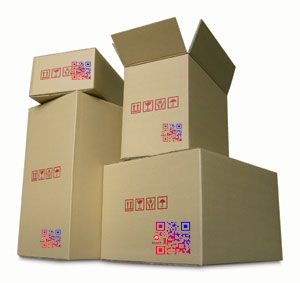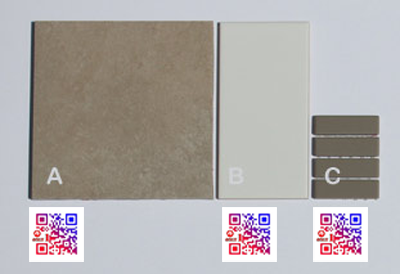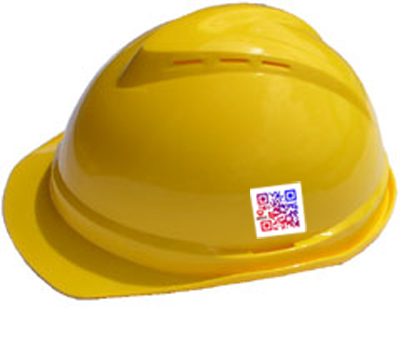HAVE ANY QUESTIONS? CLICK HERE
Enhanced QR

Enhanced QR
This QR has an image add to it. Still works the same as the next picture. The visual impact will draw people to be curious and thus, want to scan it. (even to see if it works)
Typical QR

Conceal content - Good for storage house & personal use. Just scan the QR code the Table content can be read.
Product Information - More information on a product can be shared, and printing on the tiny label is tedious to read, let alone our elderly friends.
Manufacture Details - size volume - contact info - user manual.
Safety QR - Limited Personal Data - In a emergency a company representative can be informed. Even for doctors maybe the blood group and allergies.
Product Information - More information on a product can be shared, and printing on the tiny label is tedious to read, let alone our elderly friends.
Manufacture Details - size volume - contact info - user manual.
Safety QR - Limited Personal Data - In a emergency a company representative can be informed. Even for doctors maybe the blood group and allergies.
Harness the power of QR - When you are out of reach, information can be stored here.
QR code (abbreviated from Quick Response Code) is the trademark for a type of matrix barcode (or two-dimensional barcode) first designed in 1994 for the automotive industry in Japan. A barcode is a machine-readable optical label that contains information about the item to which it is attached. A QR code uses four standardized encoding modes (numeric, alphanumeric, byte/binary, and kanji) to store data efficiently; extensions may also be used.
The Quick Response (QR code) system became popular outside the automotive industry due to its fast readability and greater storage capacity compared to standard UPC barcodes. Applications include product tracking, item identification, time tracking, document management, and general marketing.
A QR code consists of black squares arranged in a square grid on a white background, which can be read by an imaging device such as a camera, and processed using Reed–Solomon error correction until the image can be appropriately interpreted. The required data is then extracted from patterns that are present in both horizontal and vertical components of the image.
A QR code consists of black squares arranged in a square grid on a white background, which can be read by an imaging device such as a camera, and processed using Reed–Solomon error correction until the image can be appropriately interpreted. The required data is then extracted from patterns that are present in both horizontal and vertical components of the image.
SMS

1
QR Codes
URL log-in, Payment, Messages, Phone contact, Content, Advertising - Typically, a smartphone is used as a QR code scanner, displaying the code and converting it to some useful form (such as a standard URL for a website, thereby obviating the need for a user to type it into a web browser). QR code has become a focus of advertising strategy, since it provides a way to access a brand's website more quickly than by manually entering a URL.
2
Getting 1
There are the free ones that can be generated via some soft wares application. However, we can insert a logo or a picture. Understand & Get 1 Now!







